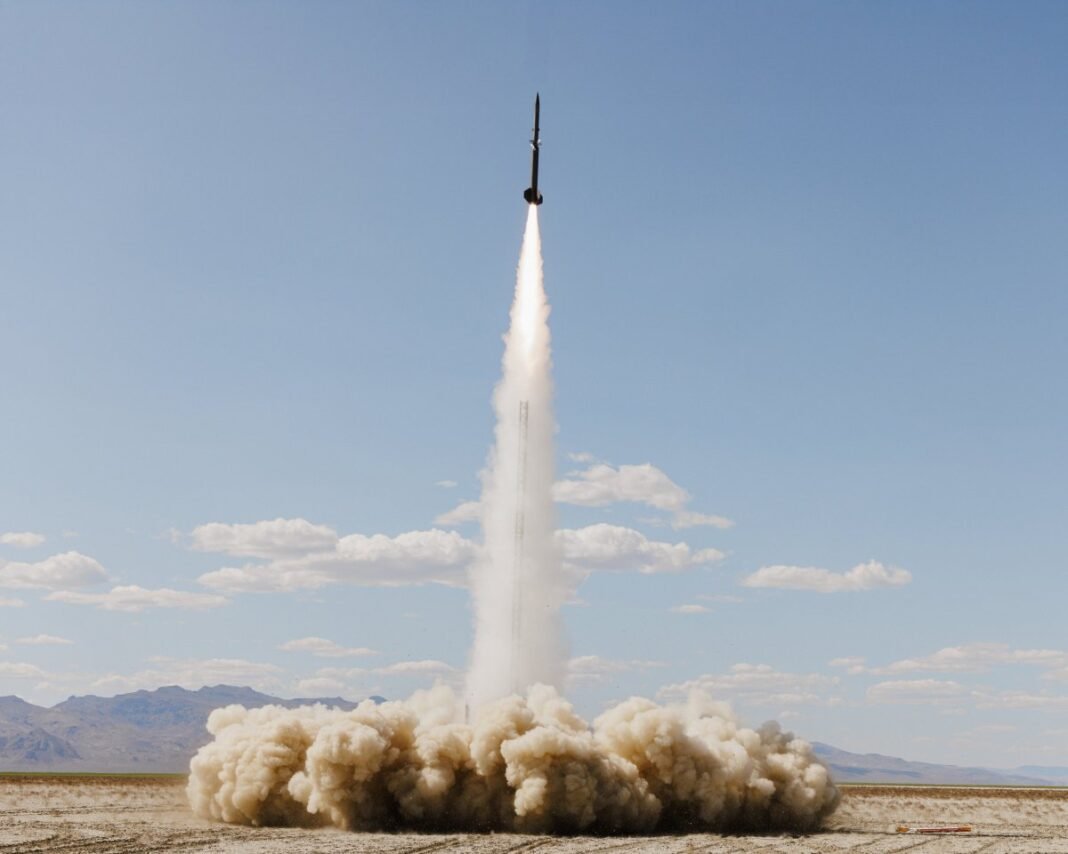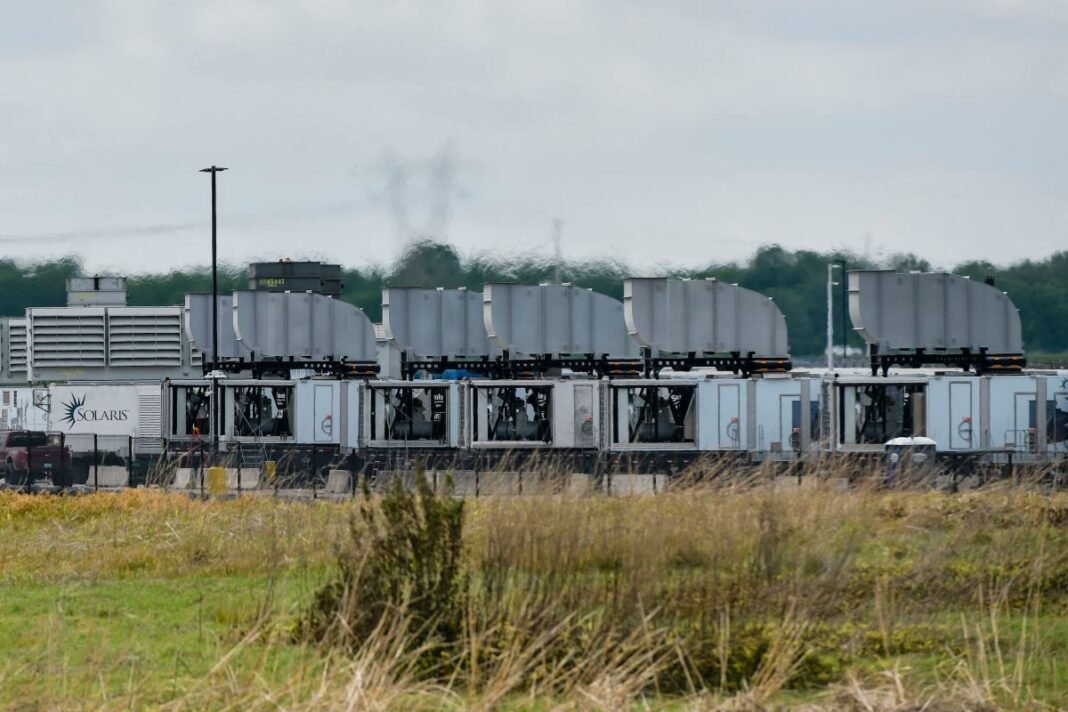Castelion Propels Hypersonic Weapon Development with Notable Capital Injection
Transforming Defense Capabilities Through Agile Innovation
Since emerging from stealth in late 2023, Castelion-a startup founded by ex-SpaceX executives-is revolutionizing the production of hypersonic missiles. Their goal is to streamline manufacturing processes and scale output for these critical national security assets.Emulating spacex’s rapid development cycles and vertical integration strategies, Castelion seeks to cut costs while accelerating innovation in hypersonic weaponry.
Robust Funding Secures Path for Expansion
The company is finalizing a $350 million Series B funding round led by Lightspeed Venture Partners and Altimeter Capital, pushing its valuation beyond $1 billion.this follows a successful Series A round earlier this year that raised $100 million through a mix of equity and debt. Lightspeed’s continued involvement highlights strong investor trust in Castelion’s vision.
Meeting Escalating National Security Demands
the U.S. Department of Defense faces increasing urgency as China rapidly advances its hypersonic missile technology-capable of speeds exceeding Mach 5-potentially outstripping American efforts despite the Pentagon’s annual budget surpassing $800 billion. Maintaining technological dominance in this arena remains a top strategic priority for military planners.
An Innovative Balance: Cost Efficiency Meets High Performance
Castelion focuses on delivering affordable yet effective hypersonic weapons without compromising key performance standards. Recently,their prototype underwent testing at California’s Mojave Desert,marking progress toward scalable production models designed to fulfill government demand for cost-conscious but capable systems.
Strategic Government Support via Targeted Contracts
The U.S. Army has earmarked $25 million within its fiscal year 2026 budget under Project HX3 to develop Blackbeard ground Launch (GL), an economical mass-produced hypersonic missile system engineered by Castelion. Blackbeard GL aims to provide roughly 80% of the capabilities offered by pricier long-range variants from established aerospace firms but at substantially lower costs.
- phase One: Prototype delivery and presentation slated for early 2026.
- Phase Two: Production and evaluation of ten prototype missiles compatible with current high Mobility Artillery Rocket System launchers planned for 2027; also designed to integrate with next-generation autonomous launcher platforms.
A New Contender Set to Disrupt Established Markets
If these objectives are achieved on schedule, Castelion could secure expanded contracts enabling full-scale deliveries beginning in early 2028-posing significant competition against industry leaders like Lockheed Martin, Raytheon Technologies, and Northrop Grumman who have traditionally dominated this sector.
The Ripple Effect on Defense Innovation Landscape
- This breakthrough illustrates how agile startups can penetrate defense markets historically controlled by legacy contractors through innovation-driven approaches.
- The strategy aligns with growing trends favoring rapid prototyping combined with vertical integration to optimize supply chains amid intensifying global geopolitical pressures demanding swift technological advancements.
- an increasing number of emerging companies are leveraging private investment alongside Department of Defense grants-from organizations such as the Air Force Research Laboratory and Naval Air Systems Command-to dramatically shorten development timelines compared to conventional defense procurement methods.
“Producing cost-effective yet potent hypersonics has the potential to reshape strategic deterrence,” analysts observe as they closely watch new entrants like Castelion within this high-stakes domain.





